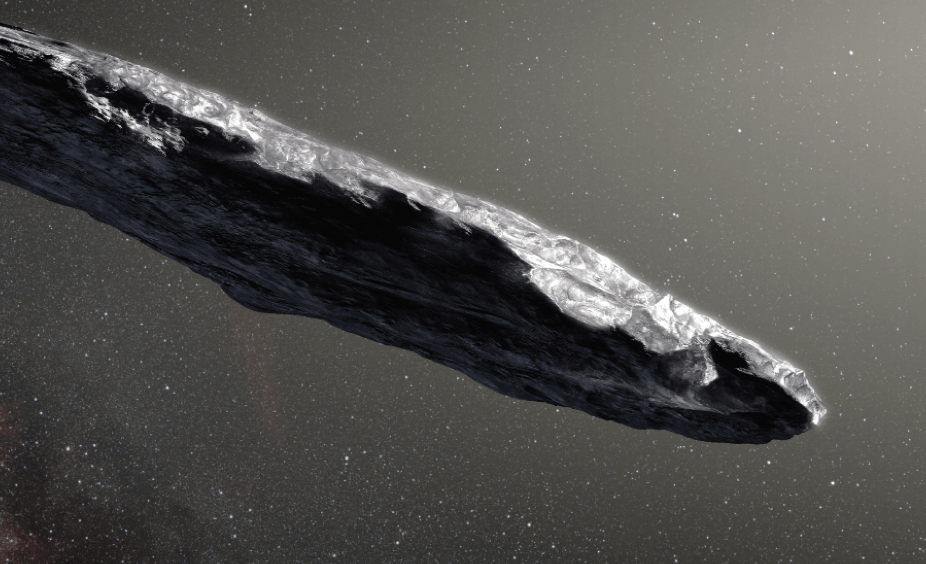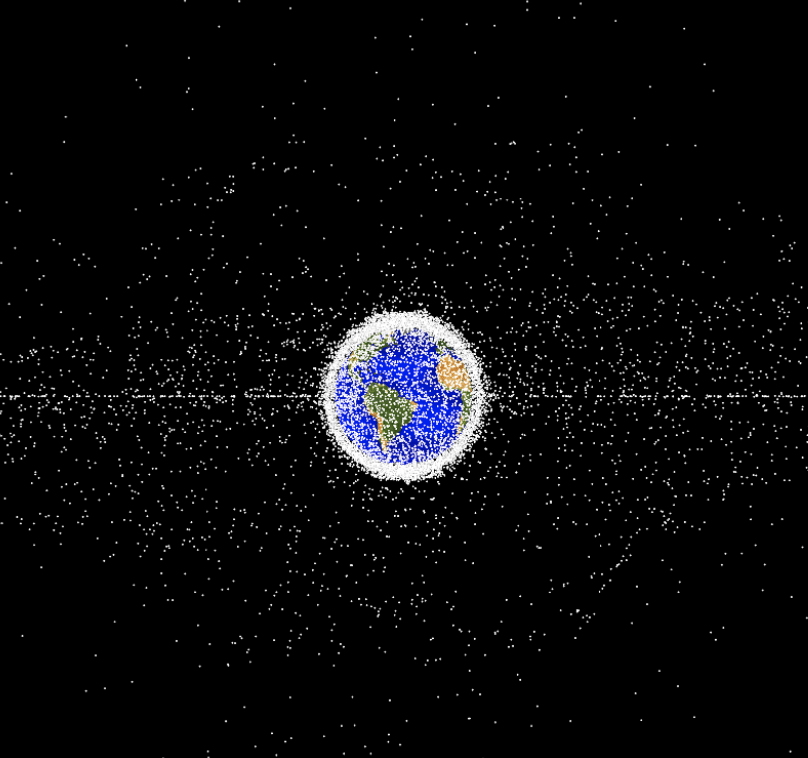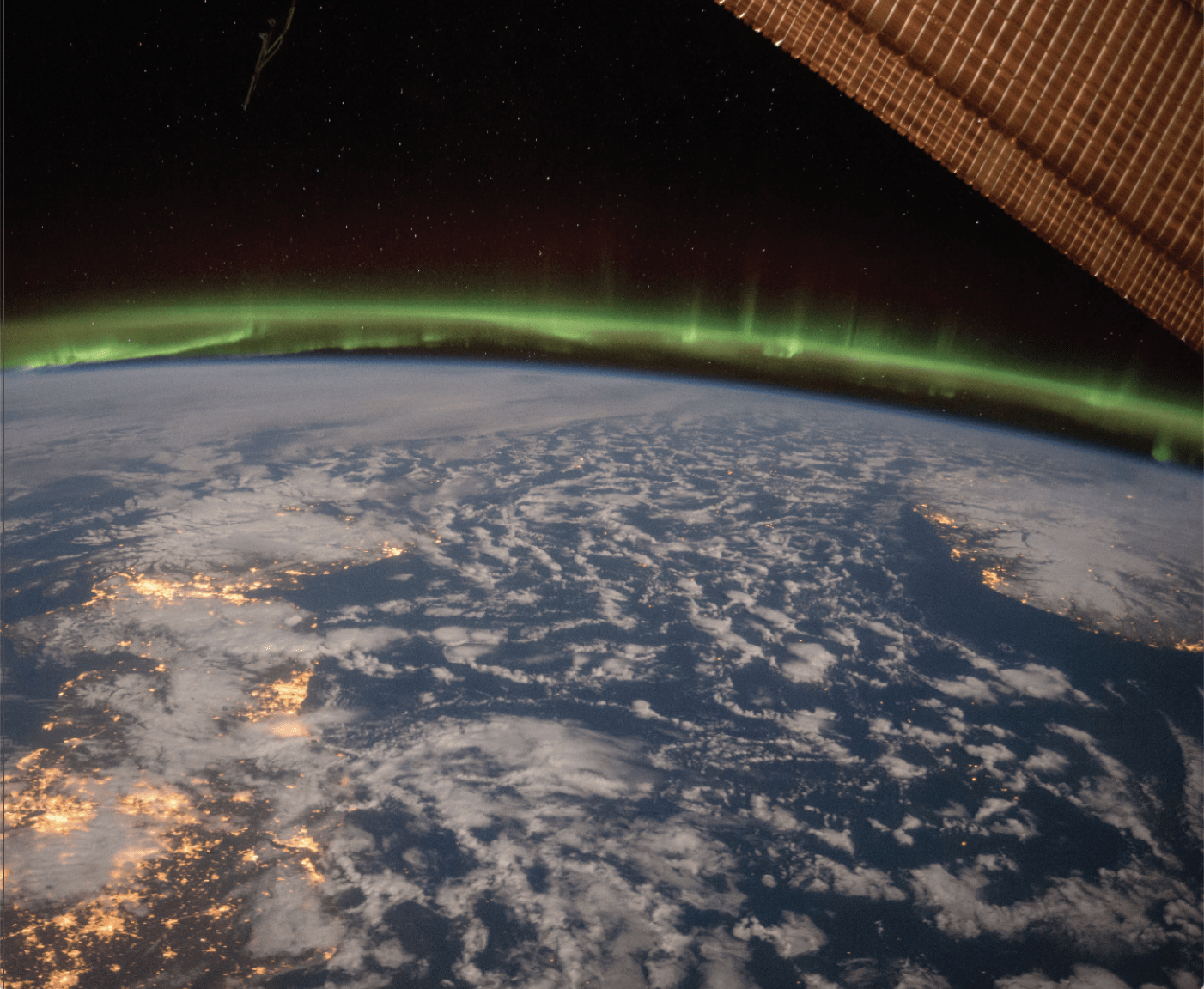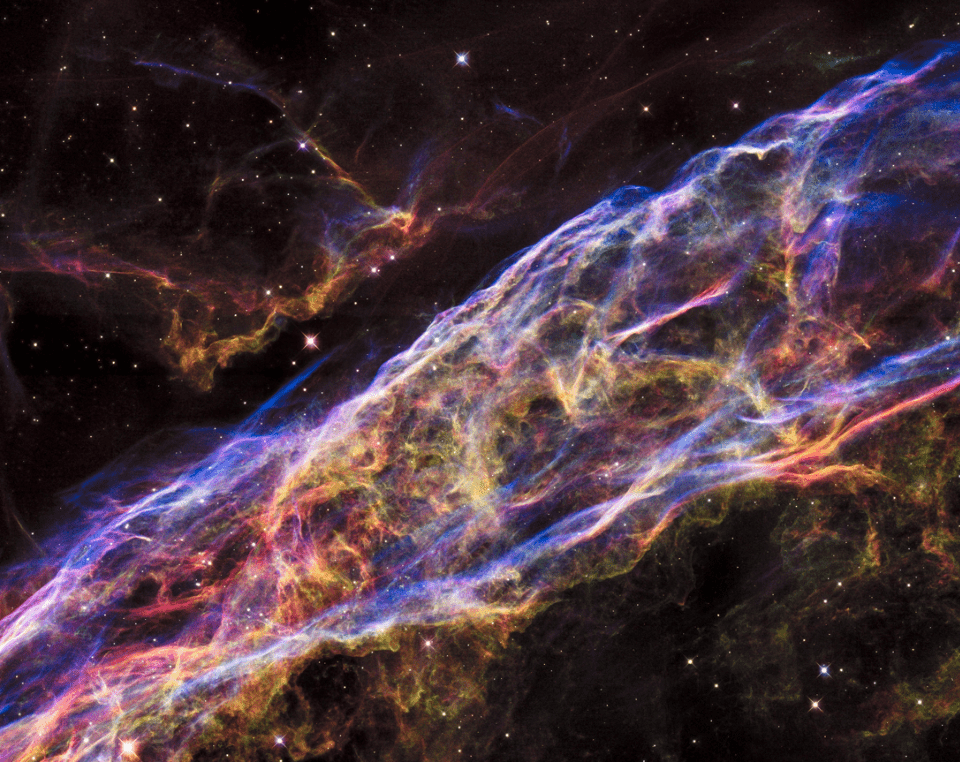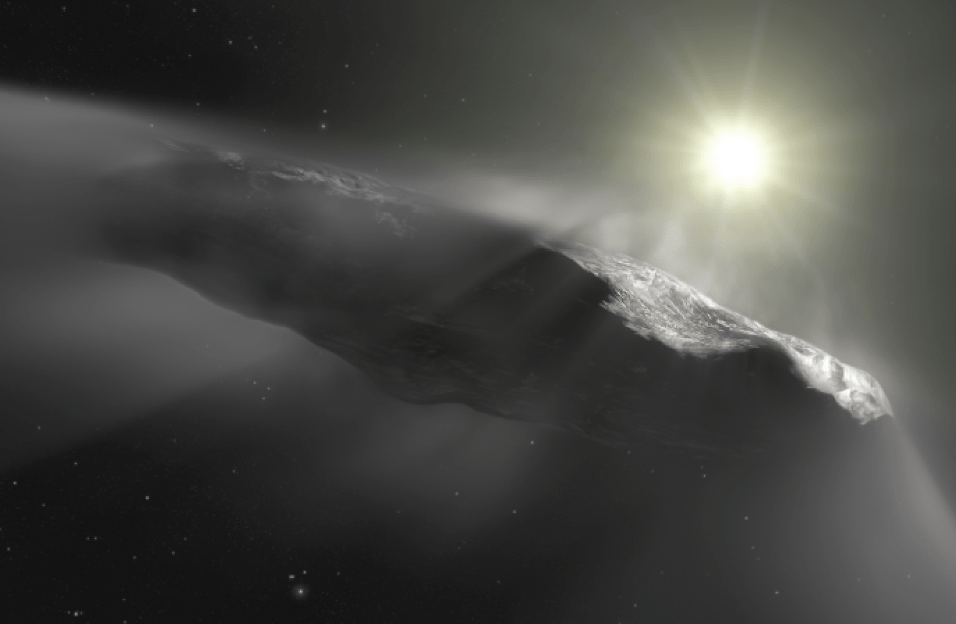Earth 2.0
NASA’s former head scientist says humans may soon discover signs of life elsewhere in the solar system and eventually on exoplanets
Six years ago, a noted scientist predicted researchers would find definitive proof of extraterrestrial life in the next 20 to 30 years. Does the projection still hold true? Maybe.
Ellen Stofan, the John and Adrienne Mars Director of the Smithsonian’s National Air and Space Museum at the Smithsonian Institute, and former NASA chief scientist, based her expectations on three projects.
• One was the Perseverance Rover that landed on Mars in February to study the planet for signs of ancient microscopic life. Microbes may have existed there in the distant past, when water flowed on the surface beneath a relatively thick atmosphere. Besides evaluating rocks and soil while on Mars, Perseverance is scheduled to return to Earth in 2031 with samples scientists can examine in more detail.
• The second opportunity for discovery comes with further sampling of chemicals in the watery plumes that arise from Europa, one of Jupiter’s 79 moons, and from Enceladus, one of Saturn’s 53 moons. The right chemicals could indicate the conditions necessary for life, and they could be there because of interactions between water and rock. Under a covering of ice, both moons in question have salty liquid oceans that make contact with rocky cores. A probe called Europa Clipper is slated for launch in 2024.
• Third, scientists could determine once and for all if life has ever existed on Mars by visiting the planet in person. It’s an especially compelling question because life may have arisen on Mars and traveled to Earth on meteorites. But the timing has been called into question.
Stofan has her doubts about humans setting foot on Mars in the next decade—a once-accepted timeframe that was a factor in her prediction that proof of extraterrestrial life would emerge in the next few decades. Still, overall, space exploration is going to the right places, taking the right measurements and gathering the right samples, she says.
“The idea that we could go to Enceladus, Europa and Mars and not find any evidence of either living life or past life doesn’t make sense,” Stofan says. “I still remain incredibly optimistic about it.”
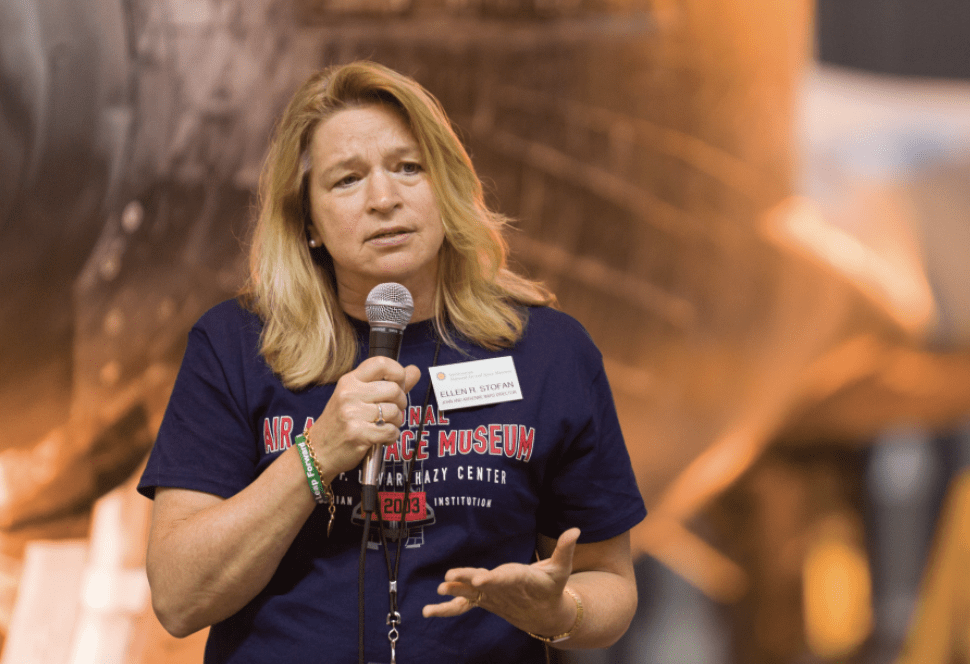
Better telescopes
Earth’s outreach to the heavens doesn’t end with those three orbs, Stofan notes. The James Webb Space Telescope that’s expected to launch late this year will examine the atmosphere of planets outside this solar system, she says, continuing research that began with the Hubble Space Telescope and earth-based observatories.
Scientists want to know if the atmosphere surrounding those distant planets contains methane, carbon dioxide and other gases associated with life, Stofan says. But the presence of those substances won’t guarantee that life exists on a planet. “We will be able to identify exoplanets where we think the environment is habitable, but we won’t be able to say that they’re inhabited,” she laments.
That determination may come with time as the telescopes detect changes in exoplanet atmospheres that indicate the presence of life. On Earth, for example, carbon dioxide decreases in the air during the spring when plants come to life, Stofan says.
But even with such strong indicators, scientists won’t conclude they’ve discovered life until they have the technology to produce pictures of exoplanets, Stofan continues. In images of Earth, for example, changes in color—like continents turning green in the spring—are a sign of life. That capability could come within 40 years, she says.
Astronomers are also looking for exoplanets that give off electromagnetic waves like the ones emitted by Earth. The waves protect life from radiation that can destroy living cells, but they haven’t been found yet on other planets, Stofan says.
Meanwhile, back on Mars
While telescopes that could detect life on distant planets keep improving, scientists continue to search for evidence of ancient life on Mars, Stofan says. They’re encouraged because 3.5 billion years ago, early Mars had conditions similar to those on early Earth.
Mars and Earth both had water and had similar temperatures and chemistry. Amino acids, the building blocks of life, were arriving on both planets, carried there by comets and asteroids, Stofan says. With all of that in place, simple life arose quickly on Earth, and the same could have occurred on Mars.
If it did, a multitude of questions ensue. Was life on Mars similar to or different from early life on Earth? Was it based on RNA or DNA? How complex did it become? How widespread was it? How long did it last? Did it become extinct or migrate underground when Mars lost its magnetic field and most of its atmosphere and surface water?
If simple life forms did find a home a few feet below the surface, they could survive to this day. “That’s the million-dollar question,” Stofan says. “Perseverance can get us closer by drilling down.”
But discovering evidence of life—ancient or contemporary—may require human exploration. “We need scientists breaking open a lot of rocks on Mars to find fossils,” Stofan says.
Earth as an example
The persistence of life under the harshest conditions on Earth encourages scientists to think life occurs on other planets or moons. Microbes live kilometers below the surface of the Earth. They’ve adapted to survive in radioactive waste that tends to break up organic cells. They’re in the hottest and coldest spots on Earth.
If simple forms of life find a home under similar conditions in other parts of the solar system, it’s natural to believe there’s life in the far reaches of the universe. “That gives us a lot more confidence that the Earth is not a one-off,” Stofan declares. “Given there are billions of planets out there, there’s got to be an Earth 2.0.”
Thriving in a Man’s World
Ellen Stofan, director of the National Air and Space Museum at the Smithsonian Institute, served as NASA’s chief scientist from 2013 to 2016 and has led a long list of projects that deepened humankind’s understanding of the physical universe.
In some ways, her achievements came naturally. With a father who worked as a NASA rocket engineer and a mother who taught science, she grew up discussing space exploration at the dinner table. Her earliest memory is of a rocket launch she witnessed at the age of 4 on a trip to Florida’s Cape Canaveral. By the end of her freshman year in college, she knew she wanted to become a planetary geologist.
In other ways, her accomplishments have been anything but natural. Stofan recalls a meeting early in her career where she was ensconced in a conference room with 20 men and no other women. One scientist had the habit of lacing together a string of profanities every so often as he addressed the group. When he did, he invariably paused and apologized to Stofan.
“What’s wrong with that?” Stofan asks. “He was reminding everyone in the room that I was different, and if you’re different, you have to wonder if this is where you belong.” But she didn’t give in to the pressure women felt then and still feel today in the sciences. “I had to work twice as hard to be taken half as seriously,” she says.
